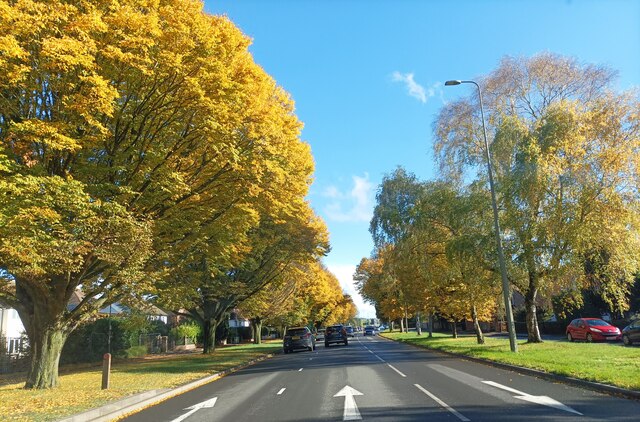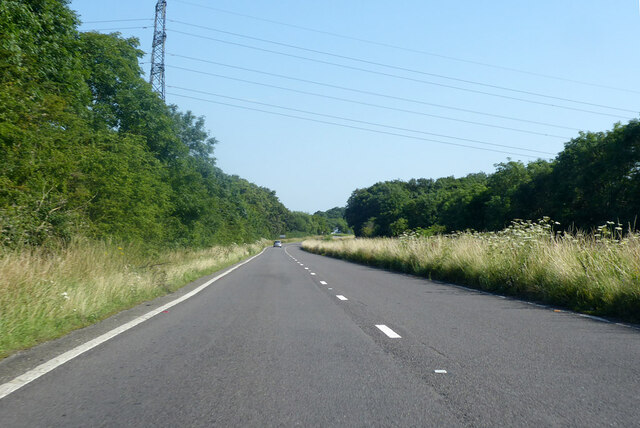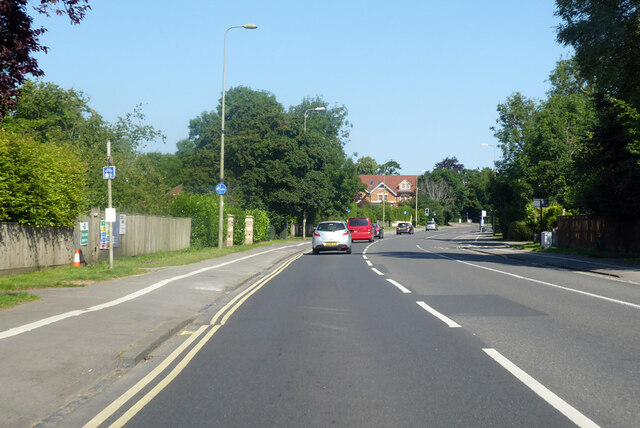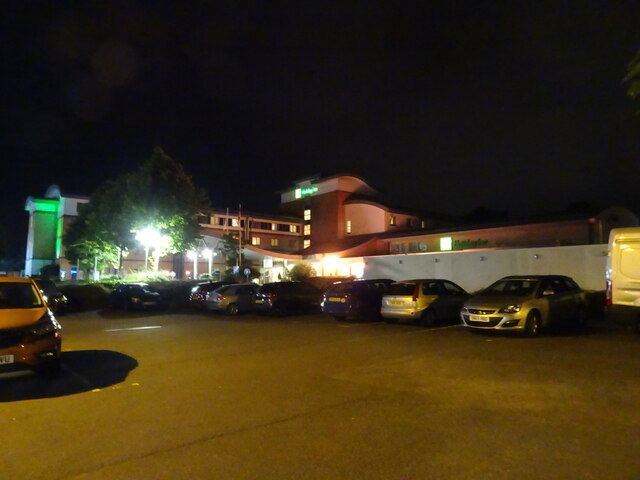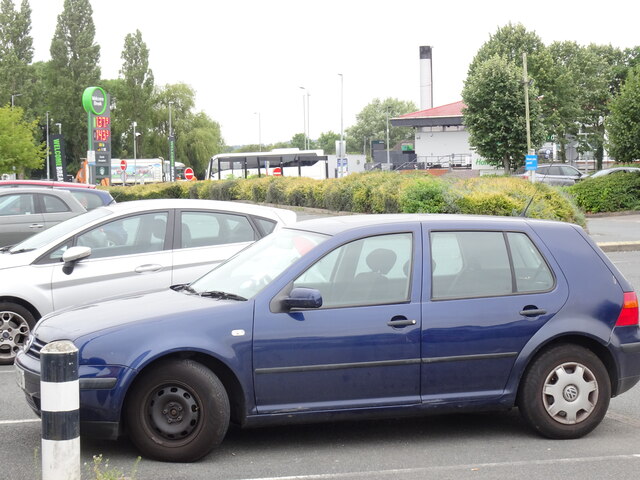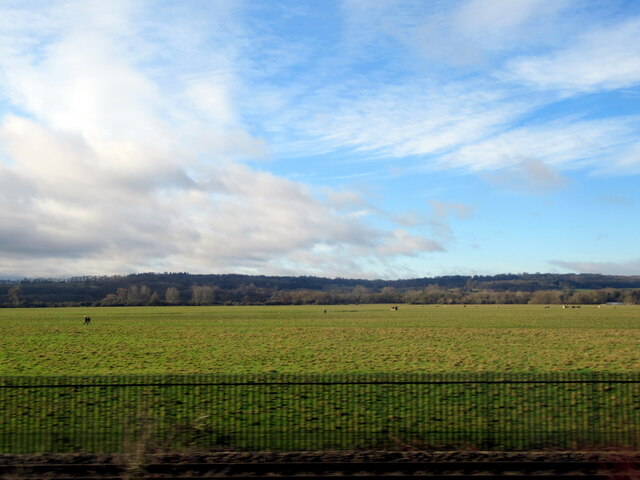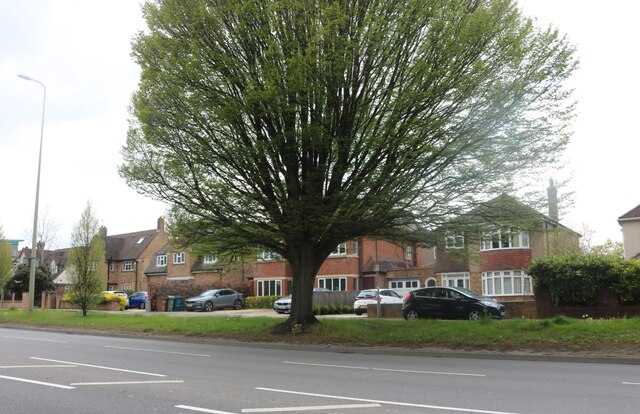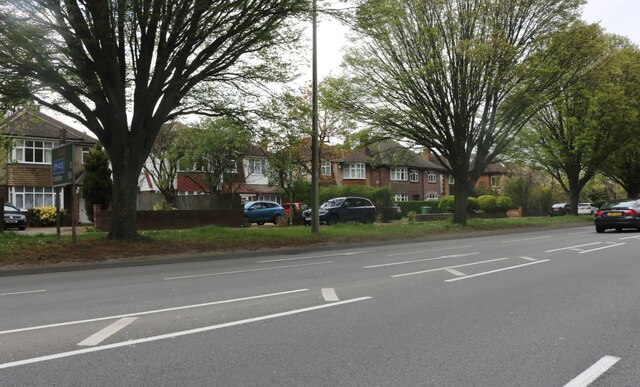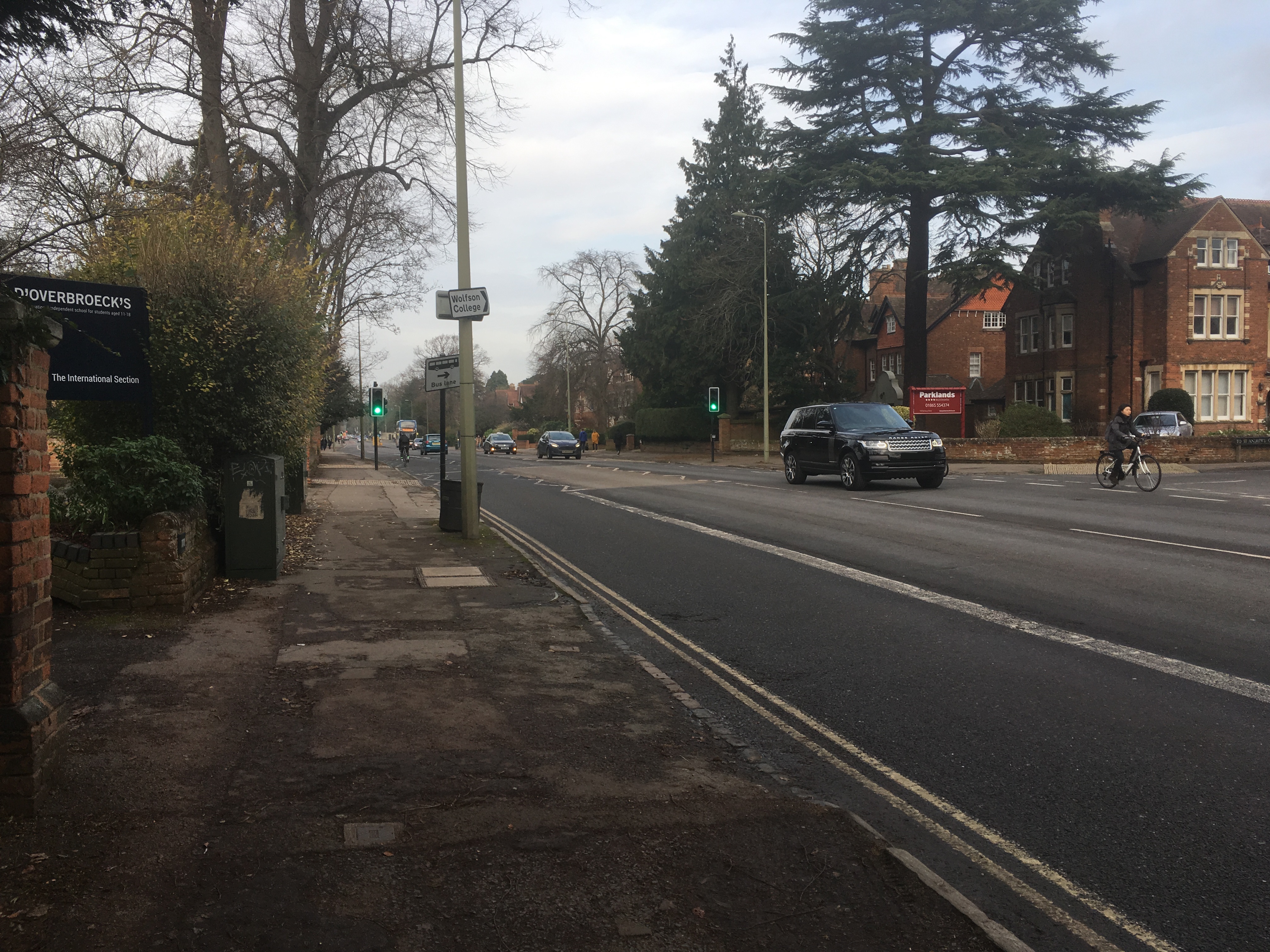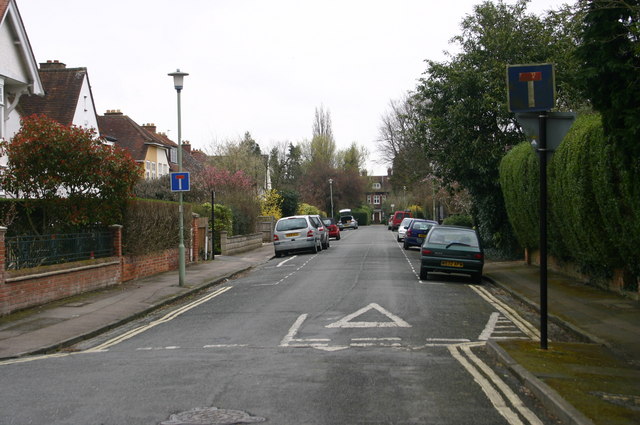Cutteslowe
Settlement in Oxfordshire Oxford
England
Cutteslowe
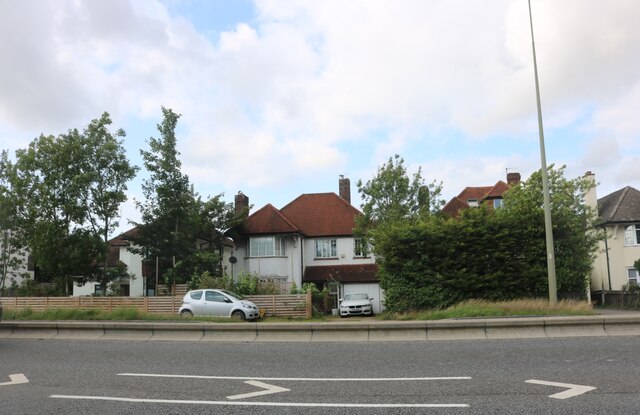
Cutteslowe is a residential area located in the city of Oxford, within the county of Oxfordshire, England. It is situated approximately 2 miles north of the city center and is bordered by the neighborhoods of Wolvercote, Sunnymead, and Summertown.
The area is known for its tranquil and leafy surroundings, offering a peaceful escape from the hustle and bustle of the city. Cutteslowe Park, a large public park, is one of the notable attractions in the area. The park features vast open spaces, a lake, playgrounds, and sports facilities, making it a popular spot for picnics, walks, and outdoor activities.
Cutteslowe is primarily a residential area, consisting of a mix of housing types, including detached houses, semi-detached houses, and apartments. The properties range from traditional Victorian and Edwardian homes to more modern constructions. The area attracts a diverse range of residents, including families, young professionals, and students attending the nearby University of Oxford.
In terms of amenities, Cutteslowe offers a range of local shops, including convenience stores, cafes, and restaurants, catering to the daily needs of its residents. Additionally, nearby Summertown provides a wider range of shops, supermarkets, and services.
Transportation in Cutteslowe is well-served, with regular bus services connecting the area to Oxford city center and surrounding neighborhoods. The nearby A40 road provides easy access to the wider road network, making commuting to other parts of Oxfordshire and beyond convenient.
Overall, Cutteslowe offers a peaceful residential environment, with its proximity to green spaces, amenities, and transport links making it an attractive place to live in Oxfordshire.
If you have any feedback on the listing, please let us know in the comments section below.
Cutteslowe Images
Images are sourced within 2km of 51.790261/-1.261818 or Grid Reference SP5110. Thanks to Geograph Open Source API. All images are credited.
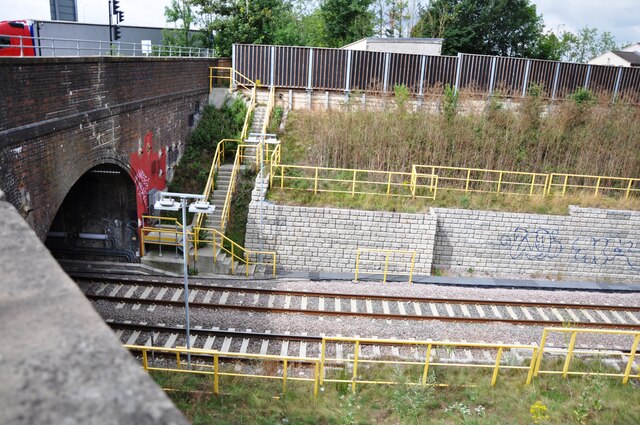



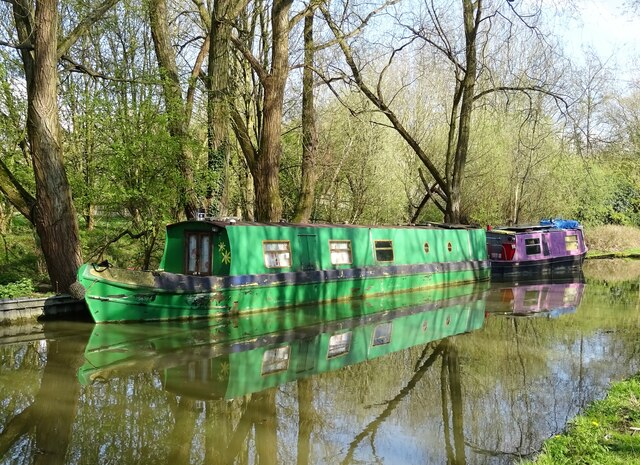



Cutteslowe is located at Grid Ref: SP5110 (Lat: 51.790261, Lng: -1.261818)
Administrative County: Oxfordshire
District: Oxford
Police Authority: Thames Valley
What 3 Words
///rang.detail.soccer. Near Wolvercote, Oxfordshire
Nearby Locations
Related Wikis
Cutteslowe Park, Oxford
Cutteslowe Park is a public park in Cutteslowe in North Oxford, England. It was established in 1936 when Oxford City Council acquired land of the former...
Cutteslowe
Cutteslowe is a suburb of North Oxford, England, between Sunnymead and Water Eaton. == Archaeology and toponym == The toponym "Cutteslowe" is derived from...
Sunnymead
Sunnymead is a suburb in the northern part of Oxford, England, just south of the Oxford Ring Road (A40). Close by are the suburbs of Cutteslowe to the...
Wolvercote Cemetery
Wolvercote Cemetery is a cemetery in the parish of Wolvercote and district of Cutteslowe in Oxford, England. Its main entrance is on Banbury Road and it...
Oxford Ring Road
The Oxford Ring Road circles the city of Oxford, England. It is a dual carriageway ring road for most of its length apart from a short section between...
Banbury Road
Banbury Road is a major arterial road in Oxford, England, running from St Giles' at the south end, north towards Banbury through the leafy suburb of North...
Lonsdale Road
Lonsdale Road is a residential road in Summertown, north Oxford, England.The road runs between Banbury Road to the west and the River Cherwell to the east...
Woodstock Road, Oxford
Woodstock Road is a major road in Oxford, England, running from St Giles' in the south, north towards Woodstock through the leafy suburb of North Oxford...
Nearby Amenities
Located within 500m of 51.790261,-1.261818Have you been to Cutteslowe?
Leave your review of Cutteslowe below (or comments, questions and feedback).
